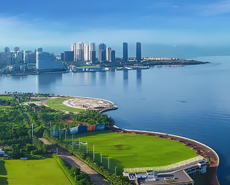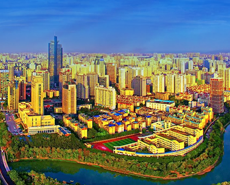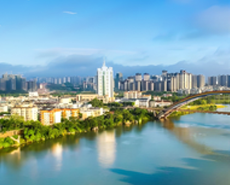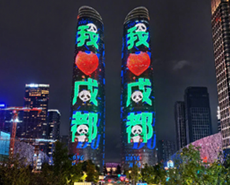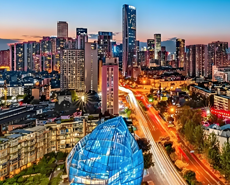
Customized ferrosilicon lump to stand out amid competition
----Interview with Mr. Liu Hu
General Manger
Henan Xinxin Silicon Industry
General Manger
Henan Xinxin Silicon Industry
Starting out by smelting ferrosilicon dregs, Xinxin Silicon Industry has engaged in ferrosilicon trading for around 20 years as one of the main ferrosilicon processing traders in Anyang City, Henan province. They have good credits for ferrosilicon quality and stable supply in South America and Japan and other regions.
Asian Metal: Hello, Mr. Liu. Thank you for accepting our exclusive interview. Would you please introduce your company briefly?
Mr. Liu: We have engaged in trading ferrosilicon for over 20 years since my father's generation. We started out by smelting ferrosilicon dregs at that time. We mainly focused on Chinese domestic market at the beginning, and started to export ferrosilicon four years ago. Besides common ferrosilicon, we also have high carbon ferrosilicon, silicon calcium, ferrosilicon nodular, silicon nitride and other nitride ferroalloys.


Asian Metal: How about the monthly trading volume of ferrosilicon, and which countries do your clients come from?
Mr. Liu: Generally speaking, the total monthly trading volume of ferrosilicon is 5,000t, 60% for domestic market and 40% for overseas market. We mainly export to Japan, South Korea, Southeast Asia, and South America. We have good cooperation relationship with Sojitz Japan. Our current offer of ferrosilicon 75%min (10-50mm) is USD1,200/t CIF main Japanese port (1.1.2019), and most of Japanese clients couldn't accept the price. We can't decrease price due to high purchase cost. We make ourselves stand out by processing special sized ferrosilicon, such as 0.1-0.3mm, 0.3-1.2mm, 1-3mm, 3-10mm, 0.2-0.7mm, which couldn't be done in large-sized ferrosilicon plants in China.
Asian Metal: Could you be more specific about the processing advantage of your company?
Mr. Liu: We're located in Anyang, Henan, which is famous for processing trade. We can process ferrosilicon lump into various sized powder according to customized requirements. Generally speaking, major ferrosilicon producers can process natural lump into various sizes like 10-50mm, 50-100mm, 0-3mm and 3-10mm, but major plants' qualified ration of 3-10mm lump is low as many 2-15mm lump are mixed within. We mainly purchase raw materials from Erdos and Junzheng and process them into various sized lump, such as 0-1mm, 1-3mm, 0-0.3mm, 0.3-1.2mm, 0.2-0.7mm. Compared with major ferrosilicon producers, we have no advantage, and we couldn't compete with illegal channels either. We can only survive the competition by taking advantage of differentiation strategy, such as producing ferrosilicon lump of special sizes and elements content.





